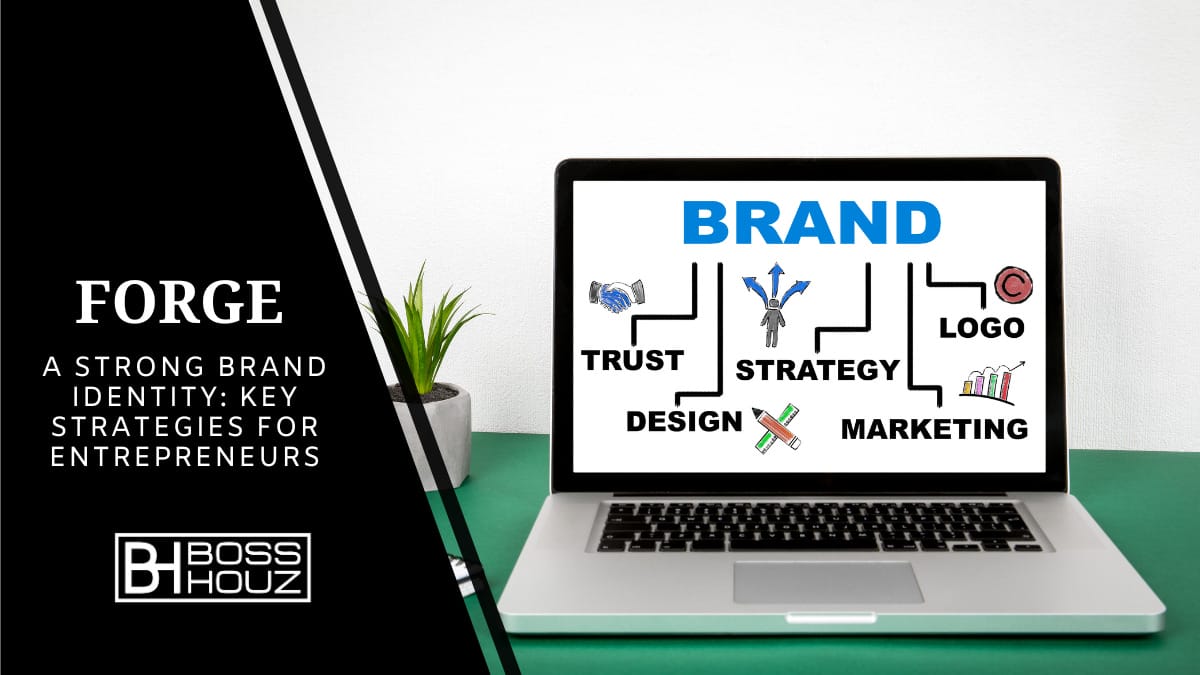Building a strong brand identity is essential for any new entrepreneur or small business owner aiming to establish credibility, foster loyalty, and stand out from competitors. As your company grows, having a unique yet consistent brand identity will become one of your most valuable business assets. This advanced guide offers deeper insights into crafting and implementing an inspirational brand identity that resonates with your audience.
Table of Contents
Latest Facts and Statistics on the Power of Brand Identity
Before delving into brand identity development strategies, it helps to understand why it matters so much through examining key statistics:
- Strong brands command premium pricing: Companies with strong brands are able to charge up to a 20% price premium over generic equivalents, according to consulting firm Simon-Kucher & Partners.
- Resilience during downturns: An analysis of the world’s top brands in Interbrand’s Best Global Brands report found they were able to maintain brand value even during major economic crises like the 2008 recession.
- Attraction of top talent: A LinkedIn survey found 76% of respondents consider a company’s brand reputation when deciding where to work. Strong employer brands attract and retain the best talent.
- Fostering customer loyalty: Highly engaged customers deliver a 23% increase in share of wallet, profitability, and revenue compared to the average customer (Gallup). This translates to a 206% increase in performance.
- Building trust: 81% of global consumers say they must trust a brand before considering a purchase (Edelman Trust Barometer), while 60% are willing to pay more for a trusted brand (Nielsen).
With such compelling benefits, prioritizing brand identity should be a no-brainer for any serious entrepreneur. The following sections will explore advanced strategies to develop an impactful identity.
Section 1: Understanding Brand Identity

Before strategizing how to create an effective brand identity, it’s important to understand what comprises it at a fundamental level.
What is Brand Identity?
A company’s brand identity represents how it wants to be perceived by consumers. It is the outward expression of a brand’s values, personality, offerings, and messaging to the marketplace.
The key components that make up a brand identity include:
- Logo: A visual symbol that represents the brand. For example, the bitten apple icon instantly conjures up associations with Apple’s brand.
- Color palette: Carefully chosen colors that are consistently used across brand touchpoints. Tiffany & Co.’s robin egg blue evokes luxury and exclusivity.
- Typography: A distinct font style that reinforces the brand’s personality. Think of Coca-Cola’s Spencerian script or Toyota’s bold, all-caps letters.
- Voice: The brand’s tone and style of written communication across platforms. This is informed by the brand’s personality traits.
- Messaging: Impactful taglines or positioning statements that summarize the brand promise. Nike’s “Just Do It” encapsulates the motivation behind its products.
Historical Evolution of Brand Identity
The role of brand identity has dramatically evolved over the past century:
- 1900s: Branding centered on establishing provenance. Consumers wanted reassurance on product origins.
- 1920s: Mass production led brands like Ford to use identity to denote consistency. Logos appeared on cars to signify reliability.
- 1940s: Brands leveraged identities to convey status and lifestyle aspirations, especially in the post-war economic boom.
- 1960s: The creative revolution brought innovative brand identities like the Playboy bunny that oozed sensuality and vibrancy.
- 1980s: Identities adopted minimalism to provide clarity amidst increasingly crowded consumer markets.
- 2000s: Digital transformation enabled interactive brand identities and greater personalization.
Real-World Examples of Successful Brand Identities
Analyzing examples of iconic brand identities provides valuable inspiration:
- Apple: Cleverly conveys innovation and creativity through a minimalist, apple-themed visual identity. This is coupled with simple, humanistic messaging (“Think Different”).
- Starbucks: Evokes sophistication and premium quality through a dark green and white logo and store aesthetics featuring earthy textures and tones.
- McDonald’s: Signature red and yellow colors and Golden Arches logo helped differentiate the fast food chain from competitors. A fun, family-friendly identity endured for over 50 years.
These examples demonstrate how impactful identities meaningfully differentiate brands in consumers’ minds.
Section 2: Crafting Your Brand Identity

With the fundamentals established, we can now strategize how new entrepreneurs and small businesses can craft optimal brand identities. Follow these steps:
Identify Your Core Brand Values and Personality
Take time to define your brand’s central mission, vision and values. What purpose does your brand serve? What principles guide it? What personality traits encompass it? Answering these questions will inform other elements of your identity.
Developing a Distinct Brand Voice and Messaging
Give your brand a unique voice:
- Identify adjectives that describe your desired tone (confident, passionate, witty)
- Craft messaging and slogans that capture your brand promise
- Ensure verbal and visual identity aligns. A casual, funny brand needs equally approachable language and design.
Seek Authenticity, Not Trends
While studying competitors, don’t just copy what’s trendy. Build an identity tailored to your brand that sets you apart. Consumers crave authenticity.
Section 3: Research and Market Analysis
Conduct in-depth analysis of your market and audience to inform you about strategic identity development:
Understand Your Target Audience
Who are your brand’s ideal customers? Gather demographic data and psychographic insights into their needs, values and preferences. Observe how they engage with competing brands to identify unmet needs your identity could fulfill.
Perform a Competitive Analysis
Systematically assess competitors’ brand identities. What positions do their identities convey? What emotions do they evoke? Where are the gaps you can fill? Use SWOT analysis to identify strengths, weaknesses, opportunities and threats.
Conduct a SWOT Analysis
A SWOT analysis evaluates your brand identity by asking:
- Strengths: What does our brand do better than competitors?
- Weaknesses: What could our brand improve?
- Opportunities: How could we better meet target audience needs?
- Threats: What obstacles or competitors could impact our brand identity?
This analysis both guides your identity and maps out risks and mitigation strategies.

Section 4: Implementing Your Brand Identity
With research and strategy complete, it’s time to bring your brand identity to life:
Create Visual Assets
Work with designers and agencies as needed to produce key visual assets:
- Logo: Provide logo design brief detailing typography, colors, imagery, meanings, use cases, and technical specifications.
- Color Palette: Finalize an official brand color palette specifying HEX codes and uses (e.g. primary color, call-to-action buttons, etc).
- Image Style: Determine photographic style aligned with brand personality. Give examples of desired tone, lighting, poses, etc.
- Color Palette: Limit to 2-4 colors that communicate desired emotions and align with your industry. For sophisticated blue, playful orange, bold red, etc.
- Typography: Select 1-2 fonts with personality that enhances your brand voice. Sans serif fonts like Helvetica convey modernity. Serif fonts like Garamond suggest tradition.
Building a Brand Style Guide
A brand style guide is essential for consistency. Including guidelines for:
- Logo usage, spacing, and reproduction on backgrounds
- Typography and best font practices
- Color codes with primary, secondary, and accent colors
- Tone, voice, and writing style
- Image criteria
- Design elements and UI patterns
Distribute to internal teams and external partners to align everyone on identity standards.
Maintain Consistency Across Channels
With standards set, diligently enforce brand identity across all online and offline touch points:
- Website design
- Product packaging
- Promotional materials
- Advertising
- Social media
- Signage
- Internal communications
Appoint brand identity gatekeepers to ensure consistency at scale.
Section 5: Evolving Your Brand Identity
Brand identities must carefully evolve over time to stay relevant. Follow these best practices:
Regularly Track Brand Performance
Use metrics and surveys to monitor your brand identity’s impact and perception:
- Brand awareness and attributes: Measure unaided awareness and perceived brand personality.
- Market share and growth: Assess identity’s impact on winning market share.
- Revenue growth: Track post-implementation sales and revenue.
- Customer satisfaction and loyalty: Link brand identity strength to satisfaction scores and retention.
Adapt Intelligently to Market Trends
While staying true to proven brand equity, judiciously evolve the identity to meet changing customer needs and expectations influenced by cultural trends.
Learn from Brand Evolution Case Studies
Look to brands that successfully evolved their identities for lessons:
- Old Spice: Updated brand from old-fashioned roots to a witty, hyper-masculine image that resonated with new demographics.
- Burberry: Reinvigorated a fading British brand into a modern luxury icon, in part by leveraging social media and influencer marketing.
- Starbucks: Expanded brand identity from upscale cafe to comfortable Third Place community hub.

Brand Strategy and Identity FAQs
How does brand identity impact customer perception?
Brand identity fundamentally shapes how customers perceive a company before any actual interaction. Strong identities can immediately signal quality, value propositions, benefits, and personality traits consumers can identify with. This engenders positive perceptions that inspire initial preference and loyalty.
Can a strong brand identity mitigate business risks?
Yes, powerful brand identities provide resilience against external threats and trends. They build trust and affinity that makes customers stick by a brand in challenging times rather than abandon it based solely on situational factors. Strong emotional connections drive irrational loyalty that withstands logical scrutiny.
What are the common pitfalls in developing a brand identity?
Avoid these common missteps:
- Derivative identities that blindly follow trends
- Visually cluttered or overly complex identities
- Forcing ill-fitting identities on acquired brands
- Failure to convey differentiation from competitors
- Neglecting objective performance tracking
- Clinging to dated brand identities
How does digital transformation affect brand identity strategies?
Digital and social media enable more personalized, interactive brand identities. But rapid proliferation of touchpoints also makes consistency challenging. Agility and cohesive systems are imperative to adapt identities across emerging technologies while avoiding fragmentation.
Wrapping up Developing a Strong Brand Identity
A thoughtfully crafted brand identity delivers outsized rewards, from commanding premium pricing to resonating deeply with customers. While developing an impactful identity requires significant upfront research, strategy and design investment, the long-term dividends make it well worth the effort. The ultimate lesson is that brand identity development should never be an afterthought, but rather the foundation for consumers’ enduring affinity with your company. Use the advanced insights in this guide to build an iconic identity poised to propel your entrepreneurial success.








